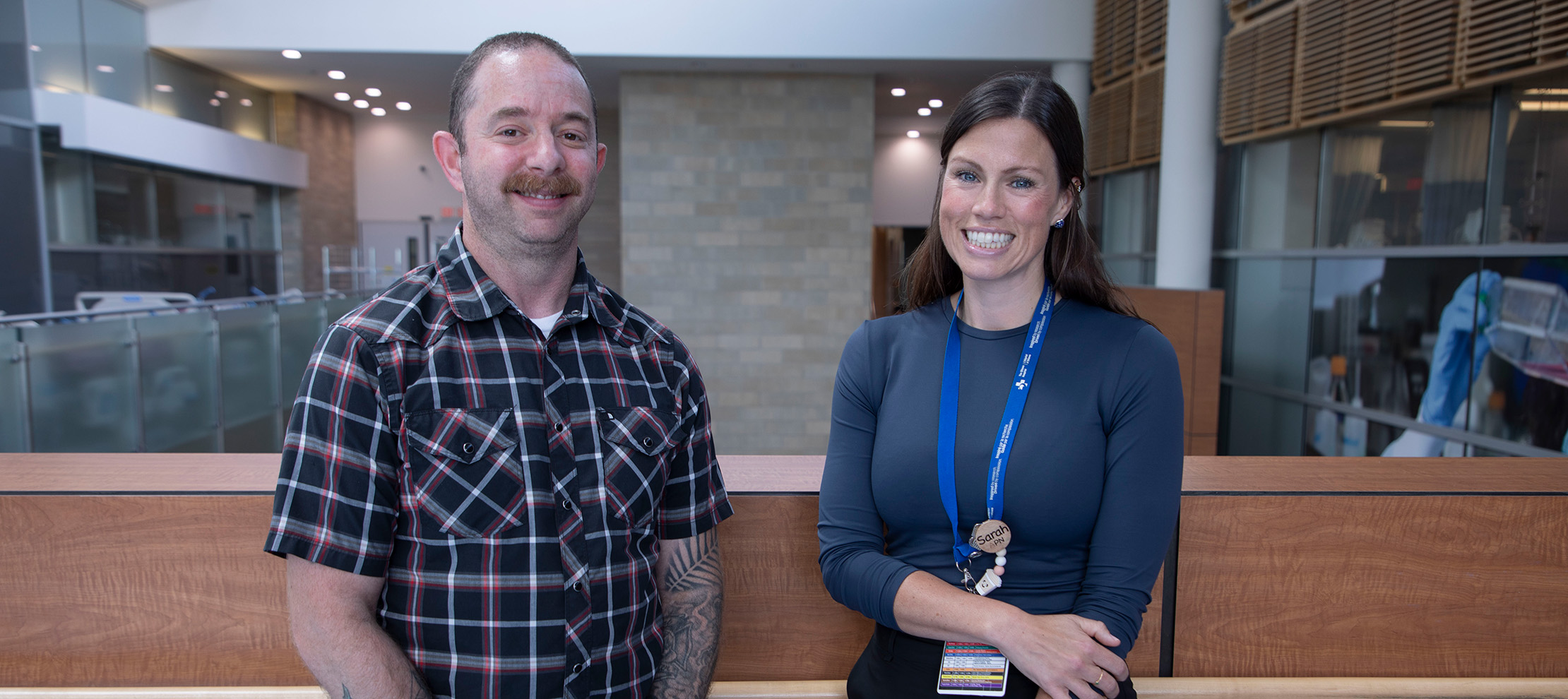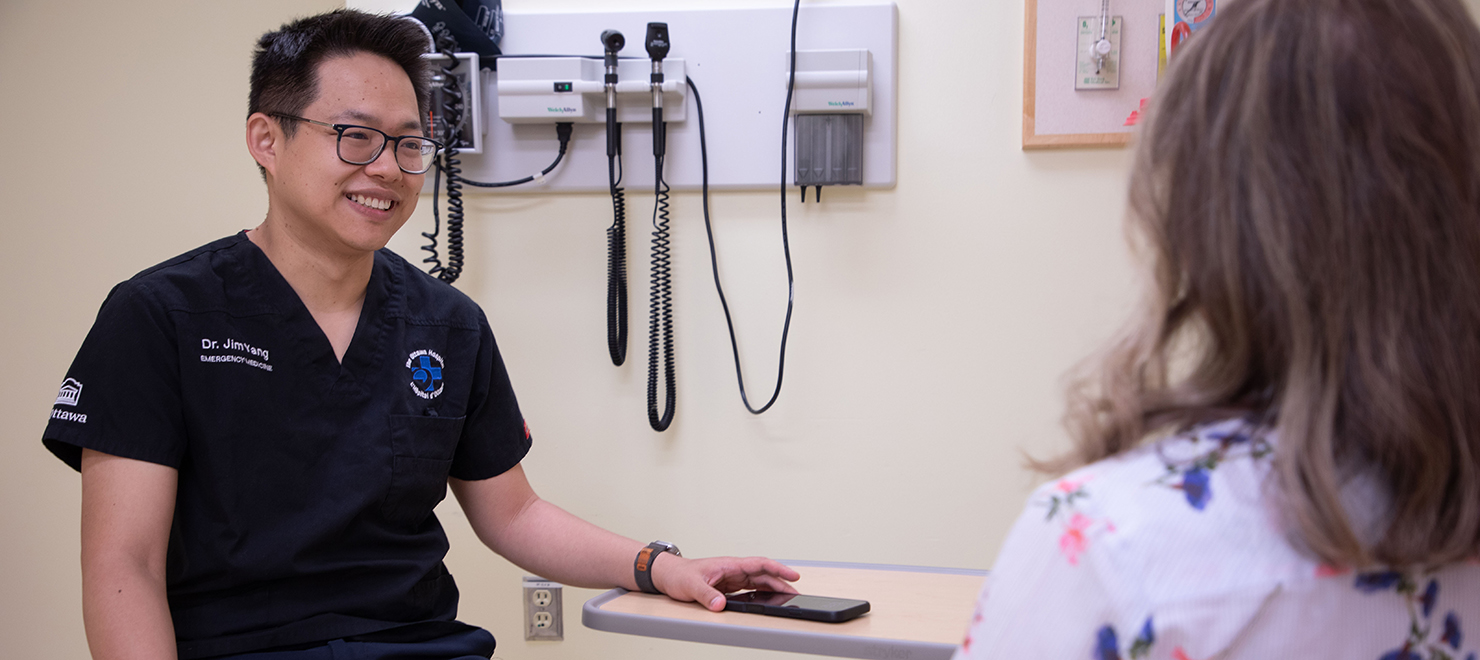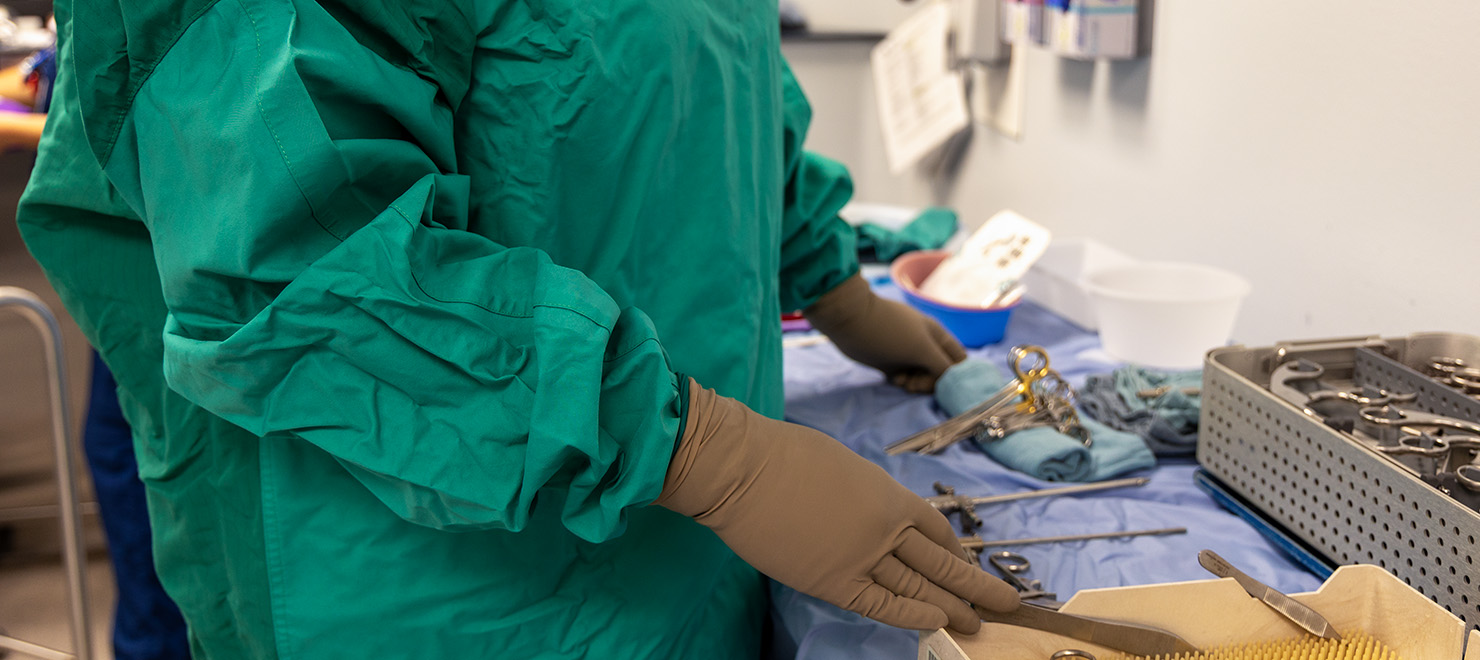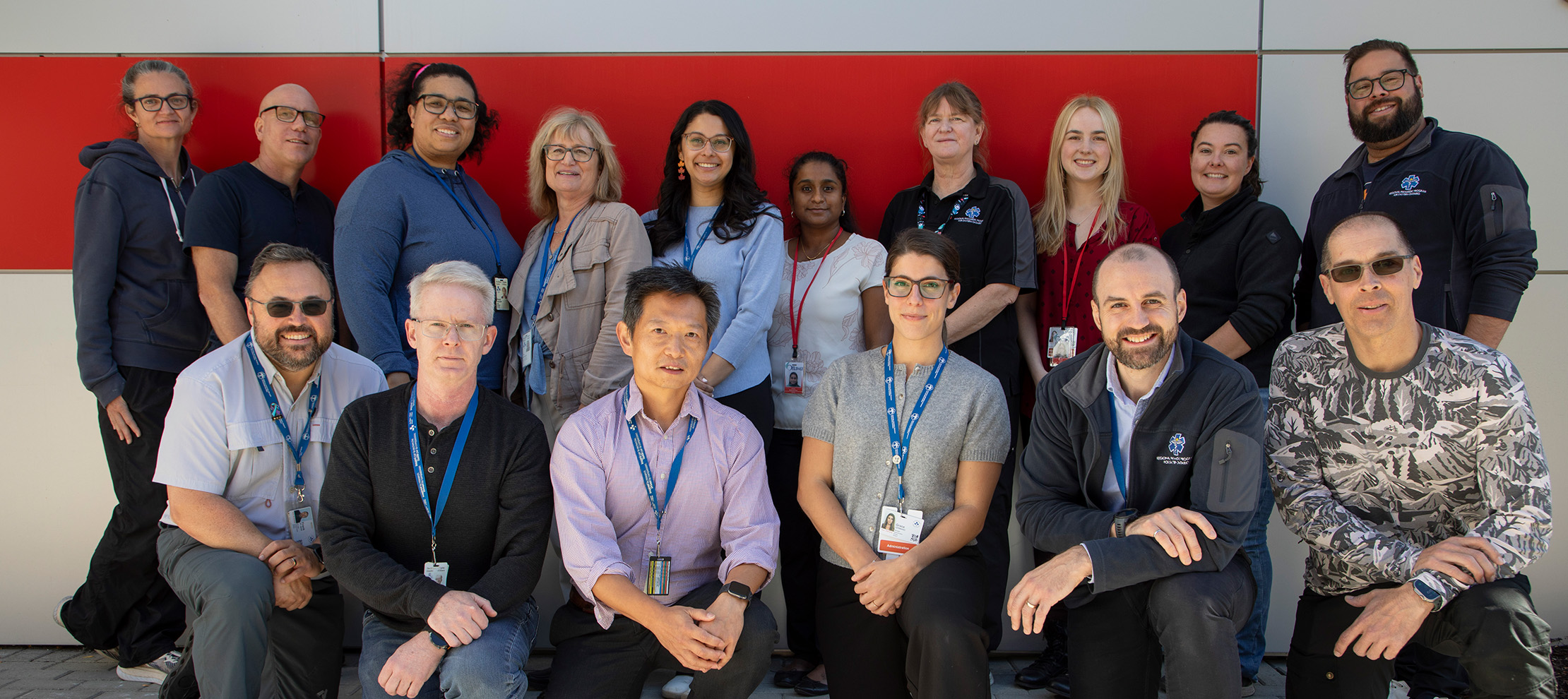
Meet the team at the Regional Paramedic Program for Eastern Ontario (RPPEO).
Improving care and patient safety is at the very core of the Regional Paramedic Program for Eastern Ontario (RPPEO). Their mission is to forever be on the lookout for new ways to improve what happens after you dial 911.
A program of The Ottawa Hospital, the RPPEO provides certification, medical advice and ongoing education to more than 1,400 paramedics from nine paramedic services across Eastern Ontario. The RPPEO is proud to serve the communities of Ottawa, Prescott-Russell, Cornwall, the County of Renfrew, Lanark County, Leeds and Grenville, Lennox and Addington, Hastings County, Prince Edward County and Frontenac County.
Benjamin de Mendonca, Director of the RPPEO, shares three new ways his team is helping paramedics deliver better, safer care to their patients.
Finding a better way to treat pain
“Previously, when a paramedic encountered a patient experiencing pain, the common practice was to administer only one type of pain medication.
But after researching pain management best practices and reviewing data from patient records, we found that using more than one type of medication — a strategy called multimodal analgesia — can be more effective.
To teach paramedics about this new approach to pain management, we ran education sessions and published an article in our monthly newsletter. As a result, we’ve seen that more patients are experiencing improved pain relief.
This is a great example of how we use research, data and education to improve quality of care for patients.”
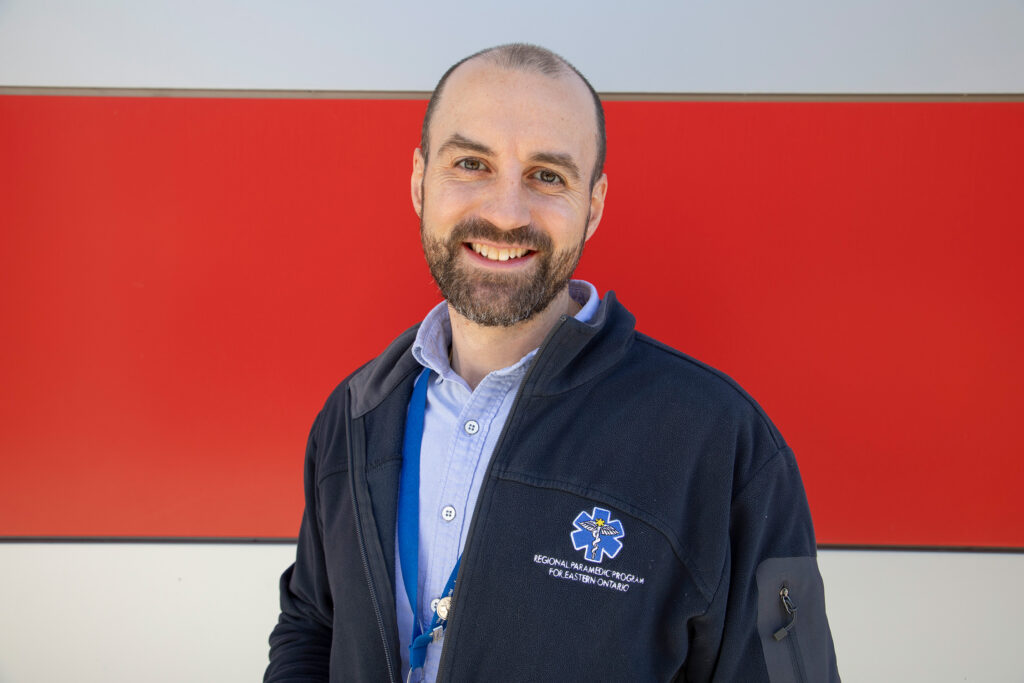
Accelerating care for cardiac emergencies — because every second counts
“A STEMI is the most serious type of heart attack. Previously, if a primary care paramedic (PCP) encountered an unstable STEMI patient, the PCP would have to bring them to a local emergency department, where staff would stabilize their blood pressure. Only then could the PCP transport the patient to the University of Ottawa Heart Institute for intervention.
Over the past year, PCPs have received training to administer IV fluids to stabilize the patient. In the past, this is something only advanced care paramedics were allowed to do on their own. Now that PCPs can do this, it means that they can bypass the ER and transport the patient directly to the Heart Institute.
Time is heart. The sooner you get a patient the care they need, the better their chances of a successful recovery.”
Helping frequent 911 callers stay healthy at home
“We want to support patients at home and make sure that they get the right care at the right time from the right health resource. That’s why, in collaboration with the paramedic services in our region, we’ve started identifying repeat users of the 911 system — patients who call back within 72 hours or have more than 12 interactions in a year.
We work with the paramedic service to refer these patients to community resources to see if we can address their care needs in a better way.
For example, if someone keeps falling at home, they can be referred to a community paramedic. These paramedics provide in-home services to help vulnerable people stay healthy at home. The community paramedic can assess the patient’s living space for fall risks and refer them to a local fall prevention program.
Similarly, patients with diabetes are also ideal candidates for this program. Here in Ottawa, we had a frequent 911 caller with diabetes who received proactive at-home visits from paramedics, and this drastically reduced their diabetic emergencies.”
To learn more about how the RPPEO is improving the quality and safety of paramedicine in Eastern Ontario, Benjamin invites you to visit the program’s website.

Support patient care and research at
The Ottawa Hospital
You might also like…
What to do in an emergency: New first aid video series on YouTube
Would you know what to do if you saw someone experience a stroke, heart attack or opioid overdose? We’ve launched a series of easy-to-follow videos on YouTube that walk you through how to respond to common first aid emergencies.
New program fills gap in care for teens and young adults with cancer
For young people, a cancer diagnosis can disrupt their education, careers, relationships and family-building goals. Our Adolescent and Young Adult (AYA) Cancer Program supports AYAs on their cancer journey, complementing the care provided by their care team.
Less time charting means more time with patients: How The Ottawa Hospital is using AI to support patient care
“I’m seeing and treating more patients.” Find out how DAX Copilot, a powerful AI assistant, is helping our physicians cut down on paperwork, improve their own well-being and spend more time with patients.
New reusable surgical gowns a step towards greener operating rooms
The Ottawa Hospital is finding safe, innovative ways to reduce medical waste in its operating rooms by using more environmentally sustainable products.
“Crash testers”: Preparing our health-care teams for real-life emergencies
Swapping patients for manikins, our Simulation Patient Safety Program recreates medical emergencies right in our hospital, allowing our care teams to “crash test” their responses to cardiac arrests, respiratory failures, mass casualty events and more. Dive into this Q&A for a closer look at how this training program enhances patient safety and quality of care.
These nurses invite you to recycle their idea
At The Ottawa Hospital, we strive to lead in sustainable health care — something we can only achieve with the help of our frontline staff. Geriatric medicine nurses Caiti and Sabrina rallied their unit together to optimize recycling and divert waste from the landfill. Find out how they binned it to win it (And we can’t promise you that that’s the last recycling pun in this article!).


 To reset, hold the Ctrl key, then press 0.
To reset, hold the Ctrl key, then press 0.

